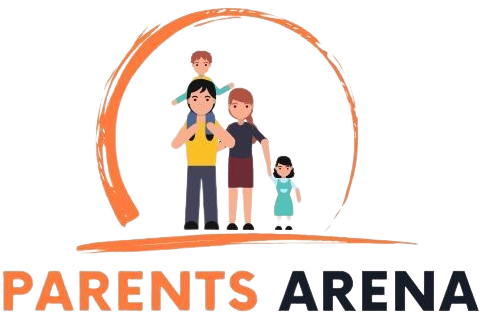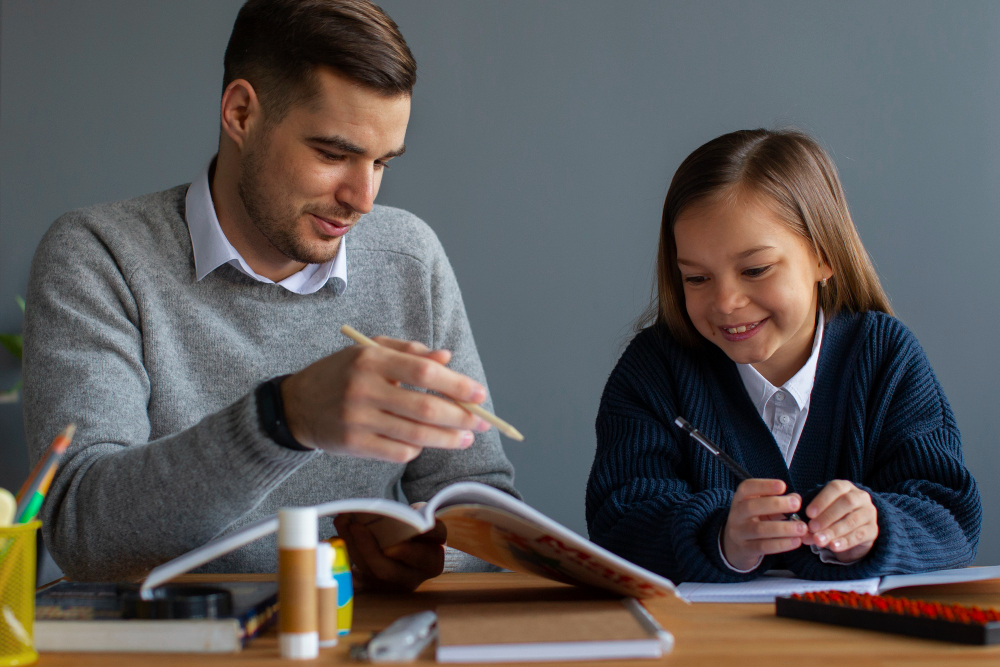Teaching children about the Holocaust is a delicate and crucial endeavor. The Holocaust, one of the darkest chapters in human history, involves confronting the horrors of genocide, discrimination, and the depths of human cruelty. While it is essential to educate our children about this tragic event, it must be done with sensitivity and age-appropriate understanding. In this blog, we’ll explore the best way to teach your child about the Holocaust while fostering empathy, compassion, and a commitment to preventing such atrocities in the future.
Age-Appropriate Curriculum
The first step in teaching your child about the Holocaust is to ensure that the material is age-appropriate. Younger children may not be ready for the graphic details and complexities of the Holocaust, so it’s essential to tailor the information to their developmental level. Start with age-appropriate books, documentaries, or films that present the Holocaust in a sensitive manner, focusing on stories of resilience and survival.
Choose Quality Resources
Selecting the right educational resources is crucial when teaching your child about the Holocaust. Look for books, documentaries, and websites that have been carefully vetted for accuracy and sensitivity. Some recommended books for children include “The Diary of Anne Frank” (adapted for younger readers) and “Number the Stars” by Lois Lowry. Always read or watch the material beforehand to ensure it aligns with your child’s maturity level.
Emphasize Humanity and Empathy
One of the central goals of teaching about the Holocaust is to instill a sense of empathy and compassion in your child. Emphasize the stories of individuals who demonstrated bravery, kindness, and resilience in the face of unimaginable adversity. Highlight the actions of righteous individuals who risked their lives to save Jews and other persecuted groups. Encourage discussions about the power of empathy and the importance of standing up against injustice.
Encourage Questions and Discussion
Open and honest communication is vital when teaching your child about the Holocaust. Encourage your child to ask questions and express their feelings, even if those emotions are difficult to process. Create a safe space for dialogue, and be prepared to address any concerns or misconceptions your child may have. Reassure them that it’s natural to feel a range of emotions when learning about such a tragic event.
Visit Holocaust Museums and Memorials
If possible, consider visiting a Holocaust museum or memorial with your child. These institutions provide a tangible connection to history and can make the events of the Holocaust more real and relatable. Many museums offer educational programs designed specifically for children, which can enhance their understanding of this period.
Discuss the Importance of Tolerance
Use the Holocaust as a starting point for discussions about the importance of tolerance, diversity, and the dangers of prejudice. Help your child understand that discrimination and hatred can lead to terrible consequences and that it’s our collective responsibility to promote a more inclusive and compassionate world.
Teaching your child about the Holocaust is a crucial part of their education as responsible global citizens. By approaching this topic with sensitivity, age-appropriate resources, and an emphasis on empathy and humanity, you can help your child gain a deeper understanding of the past and inspire them to contribute to a more just and tolerant future. Remember that this process requires patience, open communication, and a commitment to fostering a sense of empathy and responsibility in your child.

